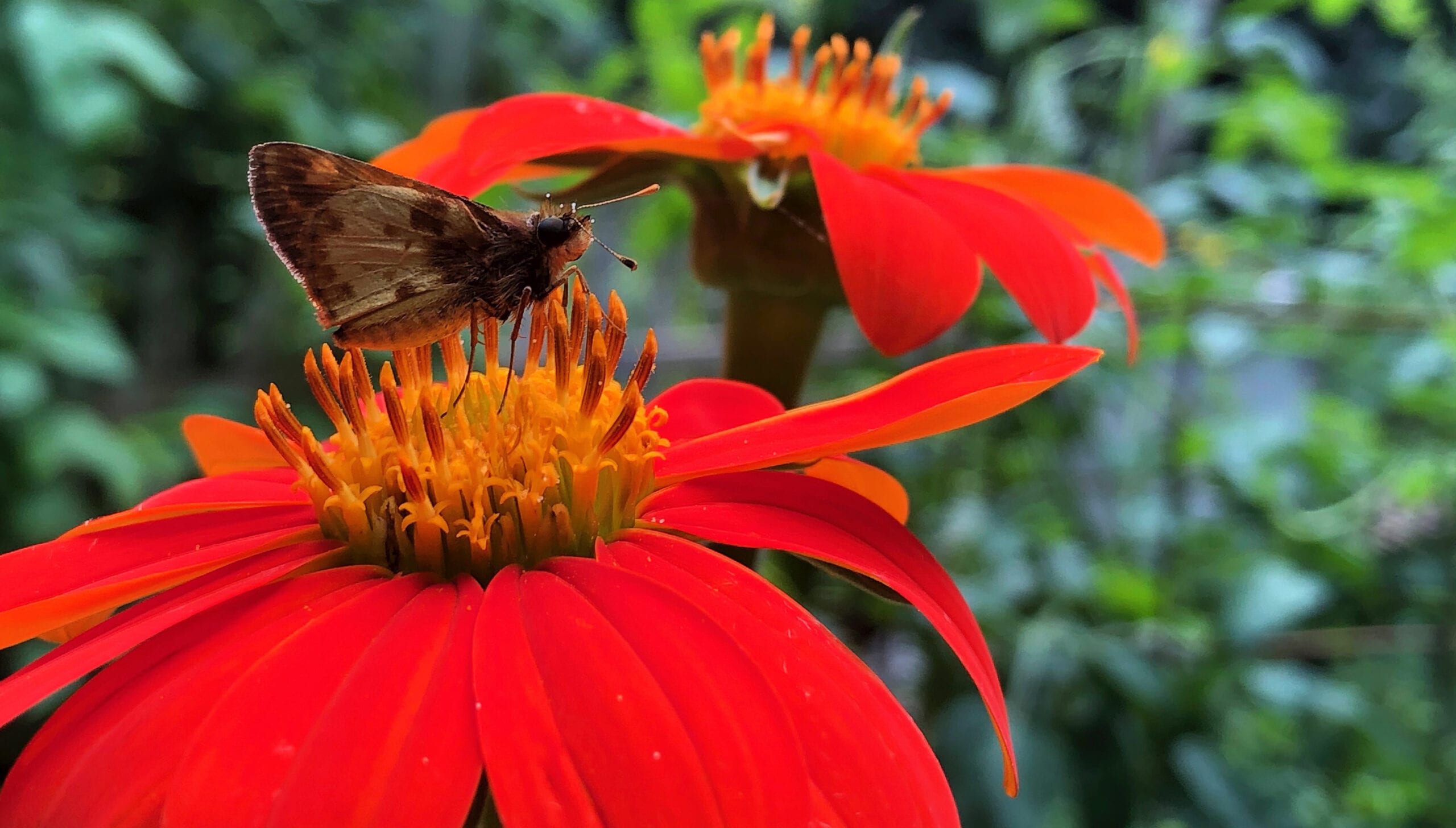
Last March, a then mysterious pandemic closed down the Home and Garden Show in Pittsburgh. A week later I was laid off by the Tribune-Review. I found myself unemployed for the first time since 1972. Granted, I was 12 and delivering papers back then, but hey, I was still working.
As I wondered about the prospects for a 60-year-old garden writer, I started thinking hard about how to have a great flower garden on a budget — something I’m sure a lot of people pondered. Being a renowned cheapskate and proud trash picker, it was time to take things to the next level.
I can remember walking the trails in the woods right after receiving the call from work. The wheels were turning. There was no panic. It was just a flood of emotions, from deep disappointment in my former employer to a little bit of uncertainty.
Luckily, six hours later I got my first new gig with Farm to Table of Western Pennsylvania. Shortly thereafter, I was hired by Pittsburgh Earth Day to write for The Green Voice, and the offers kept coming. I’ll be eternally grateful to all those who believed in me as we learned about COVID.
I was certainly blessed, but still unsure how this new arrangement would play out. I knew lots of other people who weren’t as lucky, could not find work, and still wanted to garden.
That day, I decided to experiment with a garden of flowers from seed, many direct-sowed in the garden. With flats of flowers, only costing about $20, this seed idea was sounding pretty good, and I knew my legendary frugality would serve me well.
The first thing I did was find free compost at my local municipality; good stuff made out of our collected leaves. The basis for any good garden is adding organic matter, like compost. (Compost is yet another good reason to drive a pick-up truck, as well as cruising for curbside treasures.)
I chose seeds that I knew would thrive in the garden and those that were suited to planting in this manner. There would be a longer wait for the than for the plants from flats, but I found the difference negligible in my garden.
Spring-blooming bulbs filled the landscape with brilliant ephemeral colors, as I sowed seeds in April of marigolds, Mexican sunflower and balsam in plastic clamshell containers salvaged from our recycle bin. They were originally filled with various produce from the grocery store. Mine were put in the cold frame, a small outdoor unheated greenhouse, but they could be left out on their own and would still sprout when ready. (Maybe drape them with a thick three mil, clear drop cloth from the hardware store for a little more protection.)
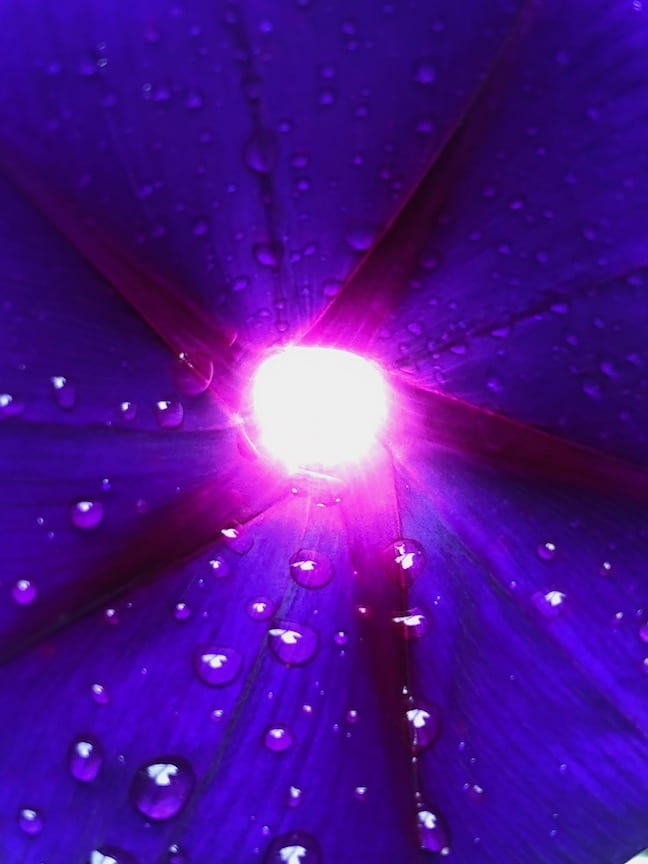
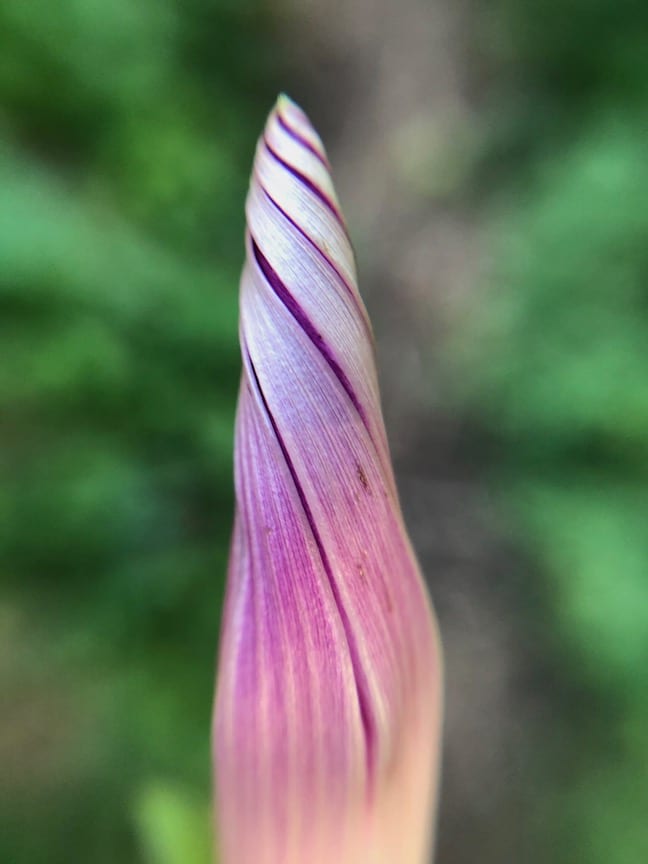
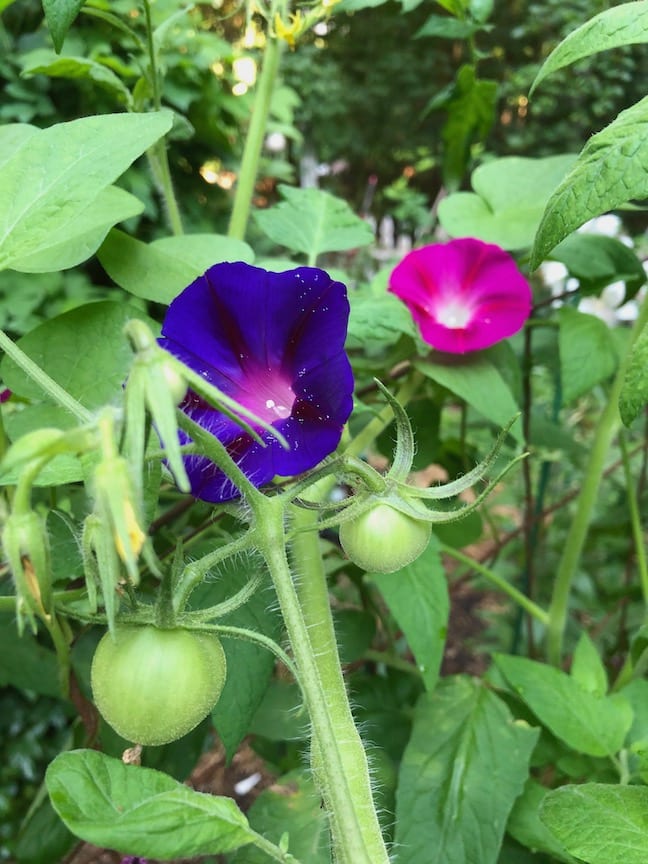
‘Big Duck Yellow’ was my choice for the marigolds. It’s a variety trialed in my garden the year before. This All-America Selection (AAS) will bloom just about anywhere, and this video shows just how determined they are to flower. The plants put on three-to-five-inch yellow blossoms and reach three to four feet tall.
Balsam is a type of impatiens that has sort of fell out of favor in modern gardens. Gardening can be like fashion, one year its stripes, the next polka dots. Balsam are so easy to grow and will enjoy shade to part sun.
‘Camellia Mixed’ seeds were planted throughout the garden and sprouted quickly. The double pink, rose, white and salmon-colored flowers were carefree and grew from 18 to 30 inches high. This year I’ve found another variety called ‘Peppermint Sticks’ which have lovely, mottled red and white flowers.
Tithonia or Mexican sunflower is one of my favorite plants. They do well when started from seed. This quick-growing, half-hardy annual will shake off mild frosts and only succumb to a hard freeze. The plant can reach 16 feet tall with bright orange three-inch flowers that butterflies, bees, hummingbirds and other pollinators can’t resist. Take a look at this huge plant growing in last summer’s garden. Most of the time it only gets six to eight feet tall.
Morning glory seeds were soaked in water overnight before planting. For some gardeners they become invasive, but never in my garden for some reason. ‘Grandpa Ott’ is an old-fashioned favorite with deep purple blossoms produced on tall, climbing vines. I had a lot of different varieties, and I planted them in containers, providing support for climbing.
Zinnias are always best direct-sown. They can be found in nurseries sold in flats, but they seem less susceptible to powdery mildew when grown planted from seed. ‘State Fair’ is a wonderful heirloom variety, but there are varieties of many great shapes and sizes that will bloom from early summer until frost. Zinnias are another great pollinator plant. Just about every vegetable garden I visited when delivering those papers a half-century ago had a row of ‘State Fair’ zinnias.
Nasturtium seeds can be literally kicked into the soil in May, but a little compost can help them thrive. ‘Cherry Rose’ is a ground-hugging variety that blooms all summer long. There are trailing varieties that will ramble alongside garden paths or that could be trained to climb.
Seed suppliers are already showing signs of stress as we start the second season in the midst of this pandemic. Order what you want as soon as you can. I noticed when making orders for another seed garden, that some items have sold out already. For me though, that just opens the door to find something new and interesting to plant.
My garden from annual seeds persisted through October, bringing relief from a tough year. The joy of mingling with the blossoms was cathartic.
As I reflect on being able to spend much more time in the garden this season due to all the changes this past year, the old saying, “everything happens for a reason,” comes to mind.
Planting flowers from seed saves money, allows gardeners a chance to grow something unique, and most of all can bring happiness along with a sense of satisfaction.
When gardening friends stop by, tell them proudly, “I grew it from seed,” while preparing a gift of a cut flower bouquet.
Some of Doug’s favorite seed sources:
Baker Creek Heirloom Seeds (Started in Jere Gettle’s bedroom as a teenager)
Kitchen Garden Seeds (Check out ‘Flying Saucers’ morning glory.)
J.L. Hudson Seedsman (most unique in every way and filled with strange treasures)
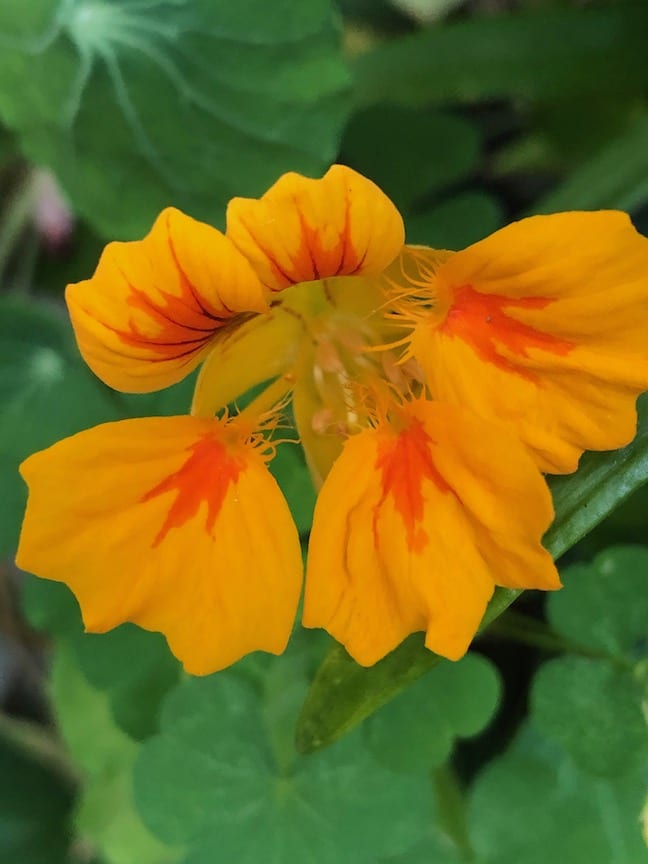
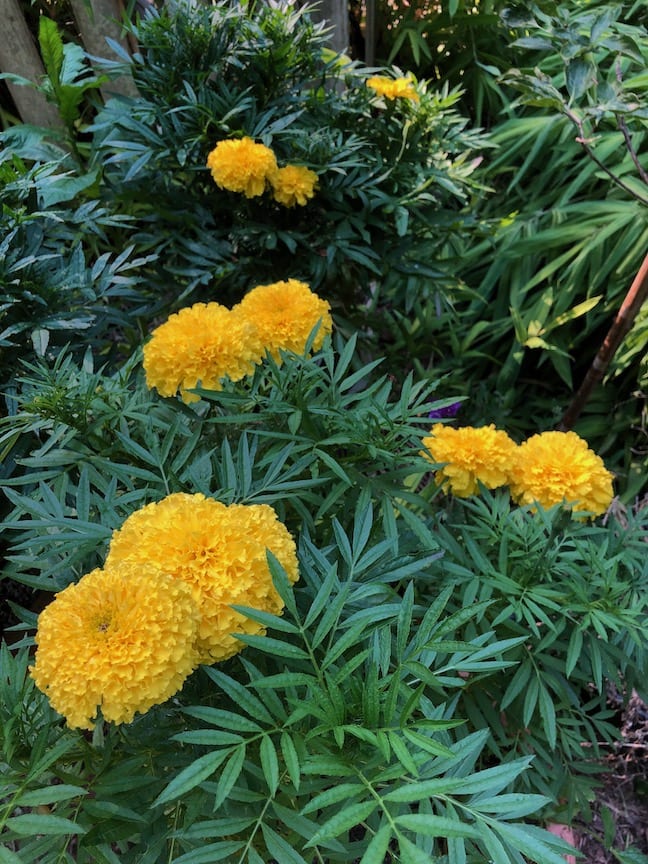
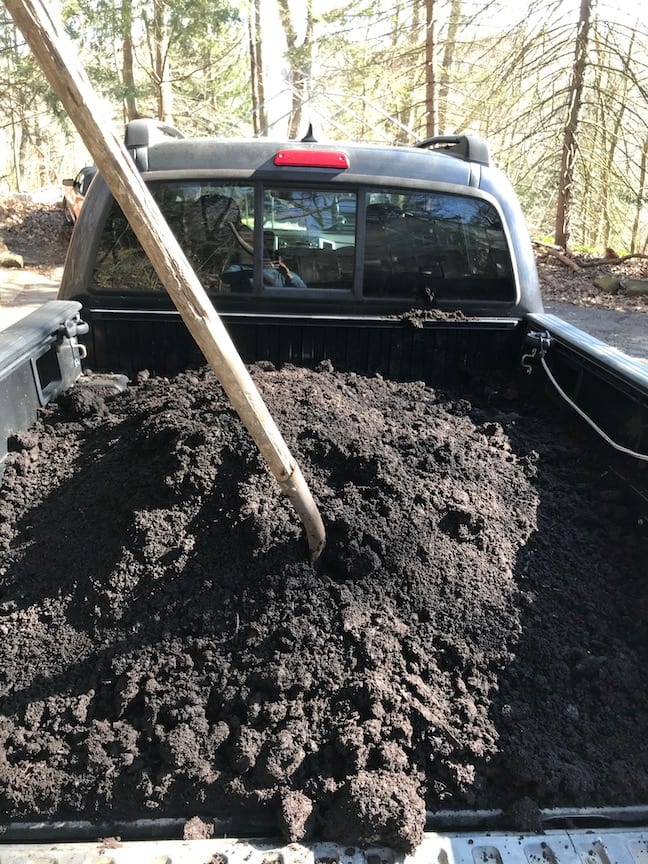
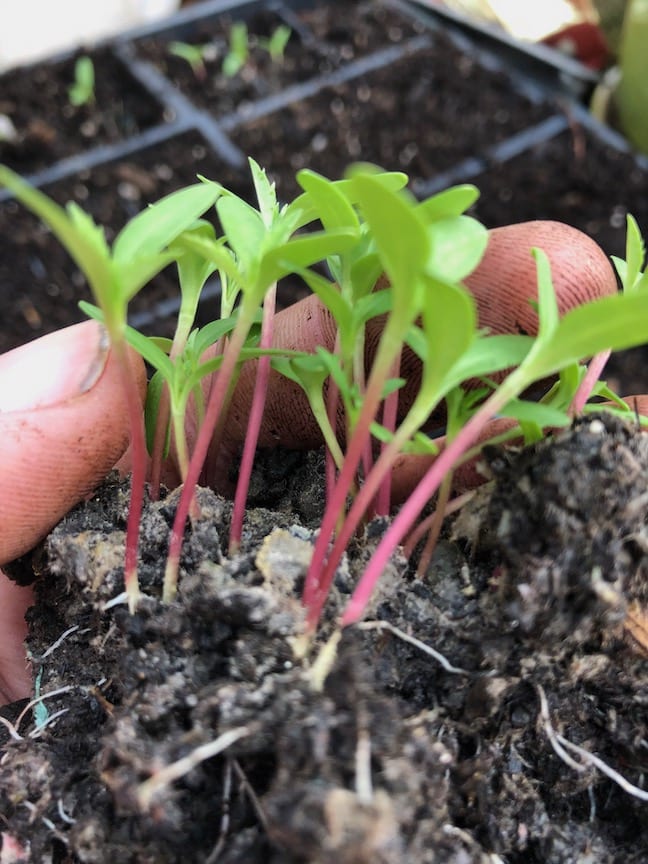
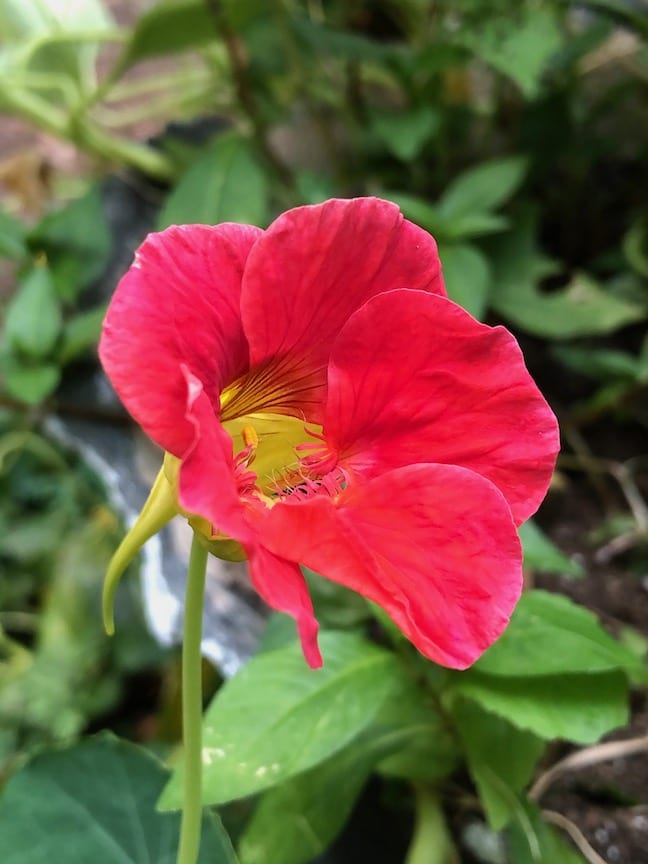

Always a charming commentator with good and helpful recommendations.
So glad I found you here. I hope to begin the seed idea today. Something positive to look forward to. Happy New Year, be safe and be well.
Thanks Doug, I’m going to look for Big Duck Yellow, State Fair and Tithonia (I grew some last season from plants my Grandson brought from his girl friends grands in Maryland) Whew, more than you wanted to know. Bill Z
Hey, thanks for sharing the blog! And I must say these flowers are looking so beautiful. Yes, I absolutely agree with you that Gardening can be like fashion, one year its stripes, the next polka dots…haha. I like Balsam very much as they are very easy to grow. Thanks again, keep sharing!
Beautiful creation indeed. Keep on sharing more articles that are helpful to all gardeners. In this article, I can see how great you are in providing gardening ideas. Thank you for sharing your insights.